Superfood Myths Busted
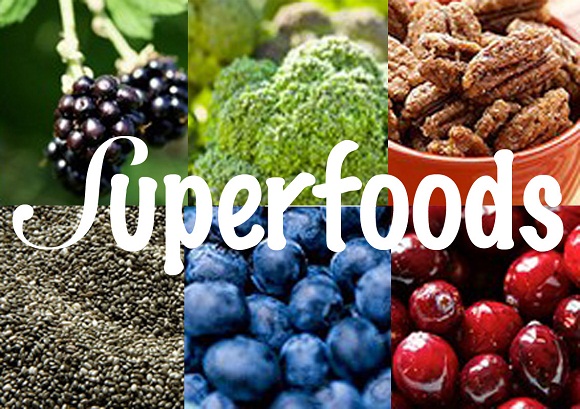
Today my son sent me a link which was actually an eye opener for me. We had always been talking about various superfoods and their health benefits but today after reading what was shown to me I was shocked. It actually made me think how we ignore easily available simple foods in the quest of new and not so easily available foods. As a result play into the hands of commercial food vendors, who make a fool of us. (I just saw an advertisement of quinoa being sold for 750 INR a kilo. Now this is insane.) Before I share with you what I read, let us see what is the lexicon meaning of super food.
What is Superfood?
The Macmillan Dictionary defines ‘superfood’ as a food that is considered to be very good for your health and that may even help some medical conditions.
The Oxford Dictionary definition states a superfood is “a nutrient-rich food considered to be especially beneficial for health and well-being”.
In fact the term ‘superfood’ is actually just a marketing tool, with hardly any scientific basis to it. Another defination of superfood says, “a non-medical term popularized in the media to refer to foods that can have health-promoting properties such as reducing one’s risk of disease or improving any aspect of physical or emotional health.” Broadly speaking superfoods may have an unusually high content of antioxidants, vitamins, or other nutrients which are good for health.
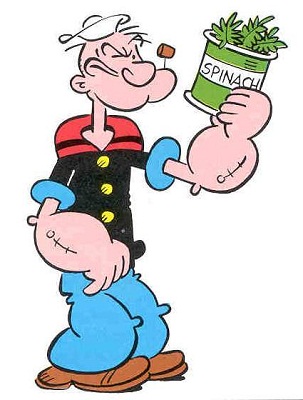
Spinach has the pride of being tagged as the super food in 1950 and interestingly enough the credit goes to Popeye, the spinach lover.

Now let me tell you what I read about various superfoods and the myths busted.
Quinoa
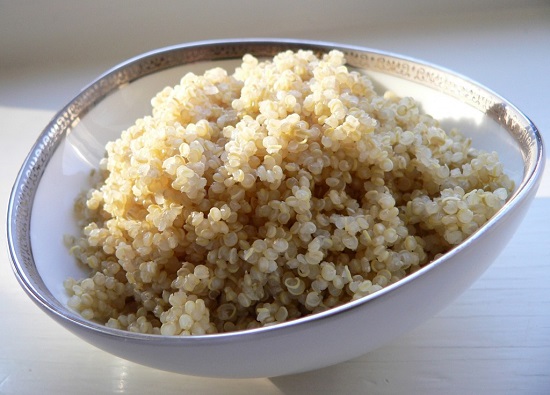
Claim
One of the topmost on the list Quinoa is considered high in protein and lacks gluten. It contains 18 % more proteins than other grains.
Reality
Despite of its protein content quinoa has gut irritant saponins and lectins which might be due to its high fiber content. Gas and bloating are common irritants of quinoa.
Coconut
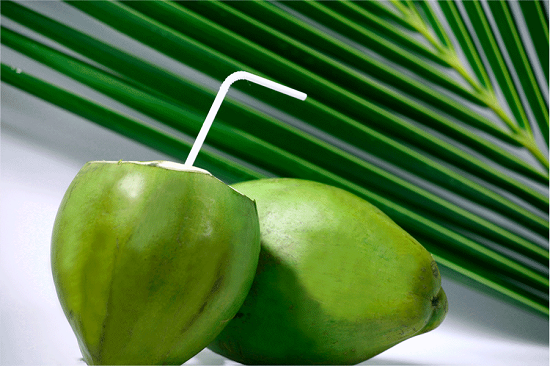
Claim
High in potassium and magnesium and propagated as post work out drink.
Reality
Though low on calorie but 100 ml of this so called superfood contains three teaspoons of sugar which means half of your daily allowance of naturally occuring sugar.
Wheat grass
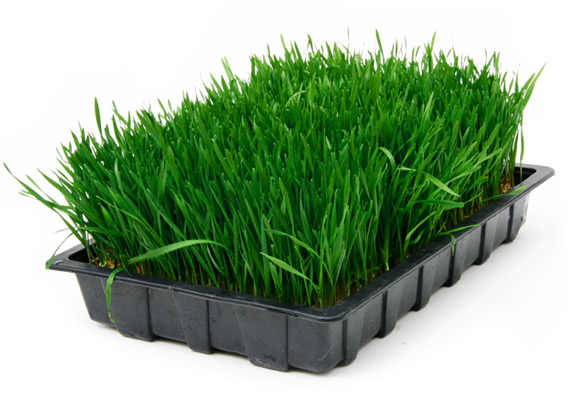
Claim
Proponents of wheatgrass make many claims for its health properties, ranging from promotion of general well-being to cancer prevention.
Reality
According to the American Cancer Society, “available scientific evidence does not support the idea that wheatgrass or the wheatgrass diet can cure or prevent disease”.There is some limited evidence of beneficial pharmacological effects from chlorophyll.
Well there are many more so called super foods which have fallen from the claim of being one like goji berry and acai berry but since I have never ever tried these so am least bothered about them. Here this research based link made me really happy when I saw the real super food list. Simple reason being that I consume most of them. Here is the list for you all. These are based on their being most nutrient dense vegetables and fruits.
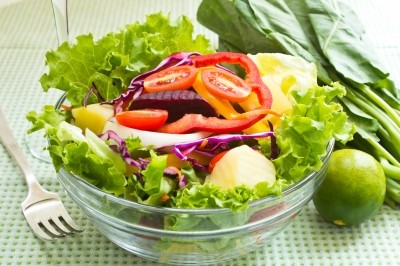
Chinese cabbage, spinach, beet greens, leaf and romaine lettuce, mustard leaves, turnip greens, red peppers, broccoli, pumpkin, cauliflower, kolhrabi, cabbage, carrots, tomato, strawberry, iceberg lettuce and lemons.
Aren’t these new superfoods easily found in the local market, especially during winters?
By: Kanan
Title: Superfood Myths Busted
Sourced From: www.fitnessvsweightloss.com/superfood-myths-busted/
Published Date: Wed, 24 Nov 2021 12:30:16 +0000
Read More
Did you miss our previous article...
https://prohealthsciences.com/fitness-and-exercise/mcdowells-no1-diet-mate-whiskey-review-is-it-worth-it
 General Health and WellnessFitness and ExerciseSupplements and VitaminsPandemic NewsVideosPrivacy PolicyTerms And Conditions
General Health and WellnessFitness and ExerciseSupplements and VitaminsPandemic NewsVideosPrivacy PolicyTerms And Conditions
